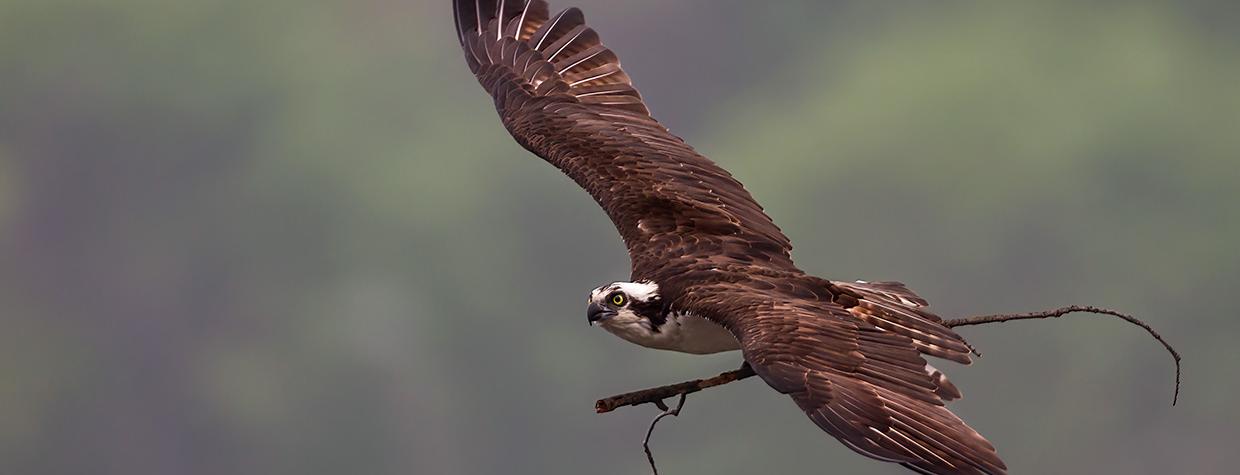Q. I’m interested in shooting birds in flight. Do photographers preset their cameras with appropriate shutter speeds and specifically go looking for birds in flight? It seems like you’d have to always be ready to photograph them.
A. I’ve talked with a number of photographers about this question, and it seems there’s no single correct approach to photographing birds in flight. Fortunately, two extraordinary wildlife photographers, Lisa Langell and Bruce D. Taubert, were happy to share their insights.
Photographing wildlife of any kind requires knowledge, practice and patience. When it comes to birds, you should begin your quest by deciding to shoot a single bird species, because every species exhibits different behavior. As boring as it might sound, focusing on a single species will allow you to hone your technique. Research everything you can about your bird, including its migration and nesting habits. Having more knowledge about your subject will greatly help you with both creative vision and technical setup.
It sounds like you want to freeze the bird’s action, which means a high shutter speed. But you also want to make sharp images from wingtip to wingtip, and to carry that sharpness in the frame, you’re likely going to have to use an aperture several stops down from wide open. And to make a correct exposure, these two controls have to be balanced with ISO.
Let’s assume you’re using a 300 mm lens. Try using a shutter speed of 1/500 second as a starting point. If you’re using a lens with a longer focal length, the speed might have to be even higher. To give you some depth of field, try starting with an aperture of f/8. To bring everything together, you now need to set the ISO. If you’re comfortable shooting in manual mode, set your ISO in your menu; if you use automatic or semiautomatic settings, such as shutter or aperture priority, you might consider using Auto ISO. (This setting is also useful in lighting conditions that are changing rapidly.)
Once you have everything set, take some test shots and give them a good, hard look. Zoom in: Do you see motion? Is the sharpness what you’re looking for? This is the time to make any technical or creative adjustments. Once you’ve gone through this process several times, you’ll probably create your own routine. The important thing is to have your camera set up and ready to shoot once you’re on location.
Remember, this is your work, and the technical and creative choices are yours to make. Once you’ve mastered freezing action, think about trying other things. What about using slower shutter speeds and panning with birds in flight to blur backgrounds, or using this same technique along with a fill flash?
Above all, remember that there are no secrets to making successful photographs — it just comes down to knowledge, practice and patience. My thanks to Lisa and Bruce for their help answering this excellent reader question.
Do you have a question about photography? Email it to [email protected], and our photo editor, Jeff Kida, will try to answer it in a future issue.

